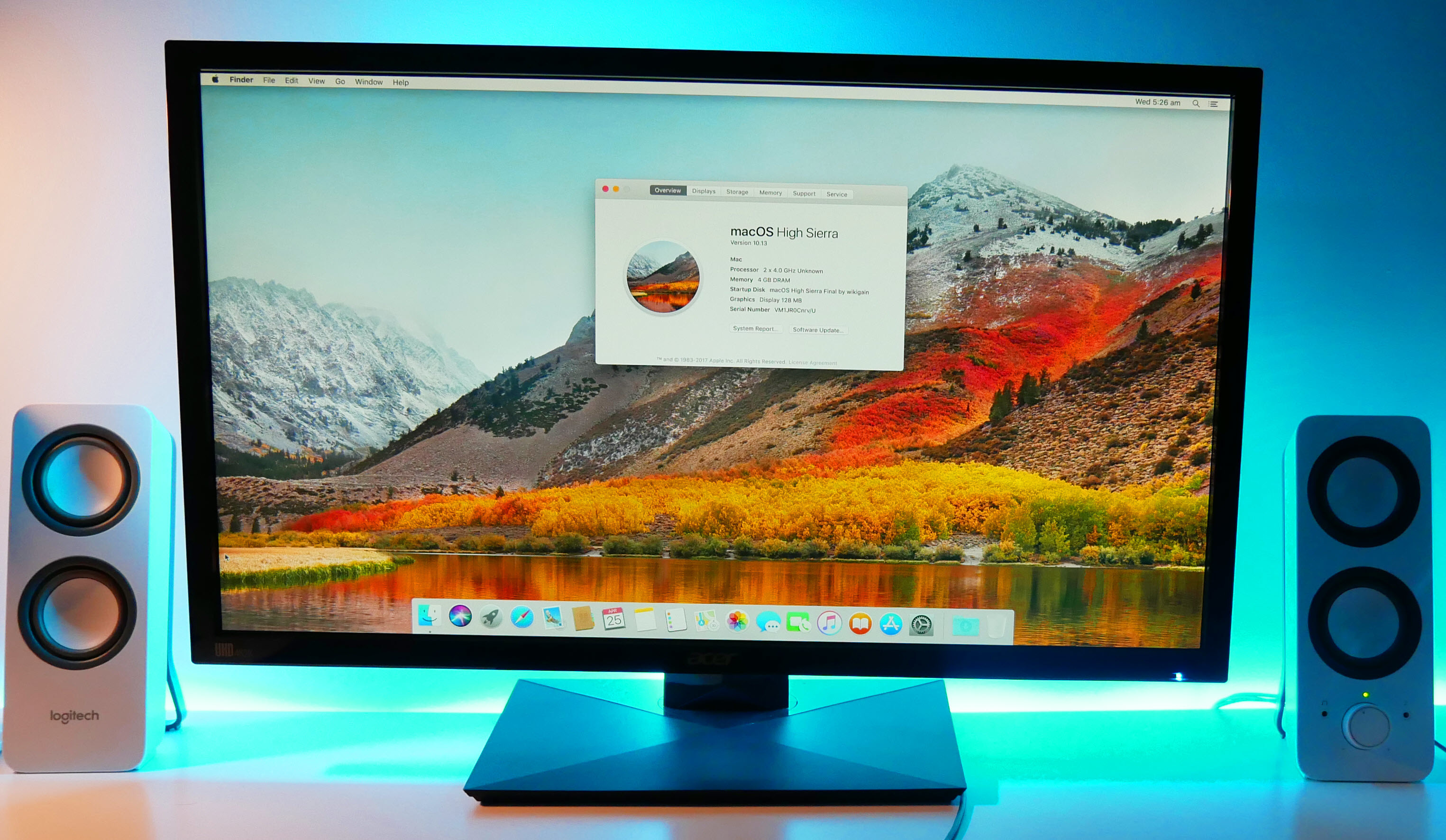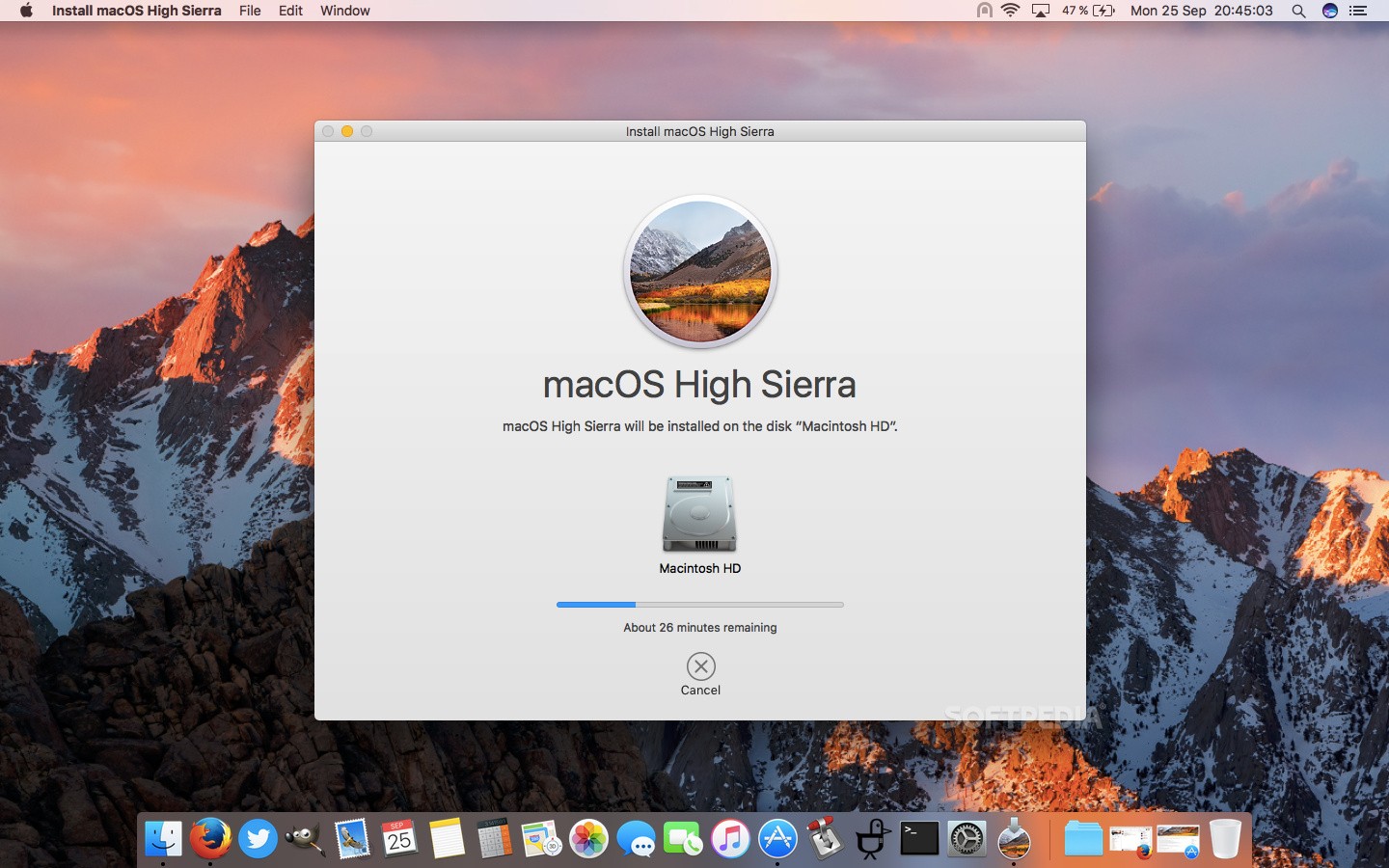
- WHAT DISK DO I INSTALL MACOS SIERRA PASSWORD
- WHAT DISK DO I INSTALL MACOS SIERRA DOWNLOAD
- WHAT DISK DO I INSTALL MACOS SIERRA FREE
- WHAT DISK DO I INSTALL MACOS SIERRA MAC
WHAT DISK DO I INSTALL MACOS SIERRA MAC
On this screen, select the one on which you have installed macOS Sierra, and you will soon have your Mac running Sierra!

Within a few seconds, you will get a screen that asks you to select the appropriate hard drive for booting. Then turn on your Mac, and as soon as you hear the startup sound, press the Option key and keep it pressed. Then, before switching it on, connect the drive through the Mac’s USB Port. First, you have to turn off the Mac on which you want to run Sierra from the bootable drive.

Once the above step completes, your external hard drive will be ready to run macOS Sierra on any compatible Mac. Using macOS Sierra with the Bootable Hard Drive Once the window reports ‘Done’, you can close the drive. Depending on the drive, this process could take a while. As you type the password, no text will be there in the terminal window.
WHAT DISK DO I INSTALL MACOS SIERRA PASSWORD
Step 4 When you tap enter, you will be asked the password for the administrator account. Sudo /Applications/Install\ macOS\ Sierra.app/Contents/Resources/createinstallmedia -volume /Volumes/sierra -applicationpath /Applications/Install\ macOS\ Sierra.app –nointeraction Once you are in the terminal, enter the following text, ensuring to use your drive’s name wherever Volumes/Sierra is written. In case you named it something other than sierra, then make the appropriate changes in the following text. Step 3 Now, remember the name that you set for formatting your external drive (i.e. Step 2 From the application's Window, find and click Utilities, and from there, go to Terminal. Step 1 Go to Finder to open the window, and from the left side, select Applications. Before you begin this, you will require the Administrator access on your Mac. Once your hard drive is formatted, you will need to turn it into a bootable drive. Once the process completes, click on Done, and you are ready to begin the installation. Now rename it to something like sierra that you will remember, choose "Mac OS Extended (Journaled)" in the format, and then click on Erase. In the Disk Utility tab, select the external hard drive that is connected to the Mac, and then click on Erase at the top. Then plug it into your Mac, go to Finder, and select Applications.įrom Applications, go to Utilities and from there, find and double click on Disk Utility. Ensure that there is no important data on your hard drive. Preparing the hard drive for the installationīefore you install macOS Sierra on the hard drive, you will need to clean the external device. Installing macOS Sierra on the external drive 1. Once you have a hard drive, you can go ahead and follow the simple steps to install and use macOS Sierra from your external drive.
WHAT DISK DO I INSTALL MACOS SIERRA DOWNLOAD
The download size is around 5GB, and the total time may vary depending on your internet connection as well as Apple’s servers. Click on it, and the download will begin. If your Mac is compatible, then the download option will appear. You can also download macOS Sierra by directly clicking on the link from your Mac. To do that, just open the App Store on your Mac, and search for macOS Sierra. You will also have to download macOS Sierra from the Mac App Store.

It must be better if you can format the external hard drive beforehand to make it compatible with your Mac. For better performance, it is recommended that it be an SSD.
WHAT DISK DO I INSTALL MACOS SIERRA FREE
Since Apple only requires you to have a little over 8 GB of free space, any hard drive, even one with 128 GB, will do just fine. However, to begin with, this, you will need an external hard drive. It will even let you use the same hard drive with multiple Macs, without updating to Sierra on each of those. There is no doubt about the fact that you will save a lot of trouble and hassle if you install the macOS Sierra on an external drive. You can simply go ahead and install the macOS Sierra on an external hard drive, and then boot your Mac from that! The Prerequisites However, there is a solution to all of that. For those who have a lot of data on their Macs, this can be a very lengthy procedure. You also have to back up the entire system before installing macOS Sierra, which is a must-do step in any update. In addition to that, if you are using an older Mac, then you will still face a few issues while running Sierra. While that is the minimum recommended by Apple, you will probably need a bit more to make use of it. However, even if your Mac does support Sierra, there may be a few reasons as to why you may not be able to install it on your hard disk.įor starters, it takes around 8GB of storage space. If you have a Mac, then you probably cannot wait to get your hands on the Sierra - provided your system supports it. The macOS Sierra is a wonderful operating system - and easily the best for all Apple computers and laptops.


 0 kommentar(er)
0 kommentar(er)
